How does the global economic environment affect local businesses?
The global economic environment affects local businesses through various channels. For instance, fluctuations in currency exchange rates can impact the cost of imports and exports, altering profit margins. International trade policies and tariffs can influence market access and pricing strategies. Economic recessions or booms in major economies can affect demand for local products and services. Local businesses need to monitor global economic trends to anticipate changes that could impact their operations, costs, and competitive positioning.
Question related to this presentation:
Macro Environment Analysis Presentation
Workforce Planning is essential for aligning human resources with market demands, helping businesses adapt quickly. Without it, both companies and employees suffer. The challenges of managing talent have increased due to factors like talent shortages, changing demographics, and economic shifts. Companies are now under immense pressure to optimize their workforce to survive and thrive. Workforce Planning enables businesses to make informed decisions about hiring, training, and resource allocation. By aligning their talent strategy with evolving market needs, organizations can scale up efficiently, downsize responsibly, and upskill their teams to stay competitive in a rapidly changing environment.
Download this presentation:
Download Powerpoint PPT
Download Google Slides
Download Apple Keynote
Presentation Preview
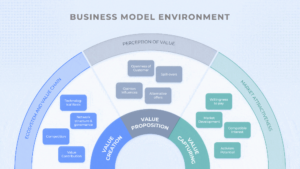
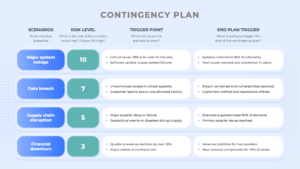
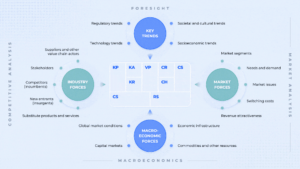


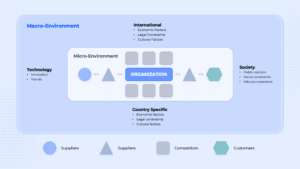
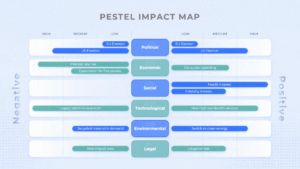

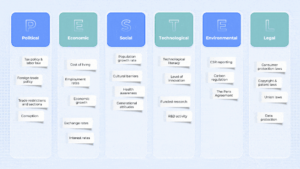
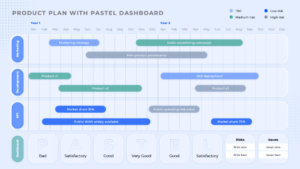




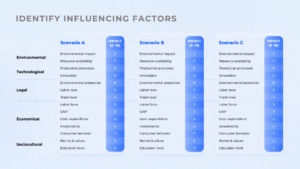
Download Macro Environment Analysis Presentation:
Download Powerpoint PPT
Download Google Slides
Download Apple Keynote
Related:
Stakeholder Analysis Presentation
Sales Strategies Toolkit
Process Optimization Presentation
Team Scheduling Presentation